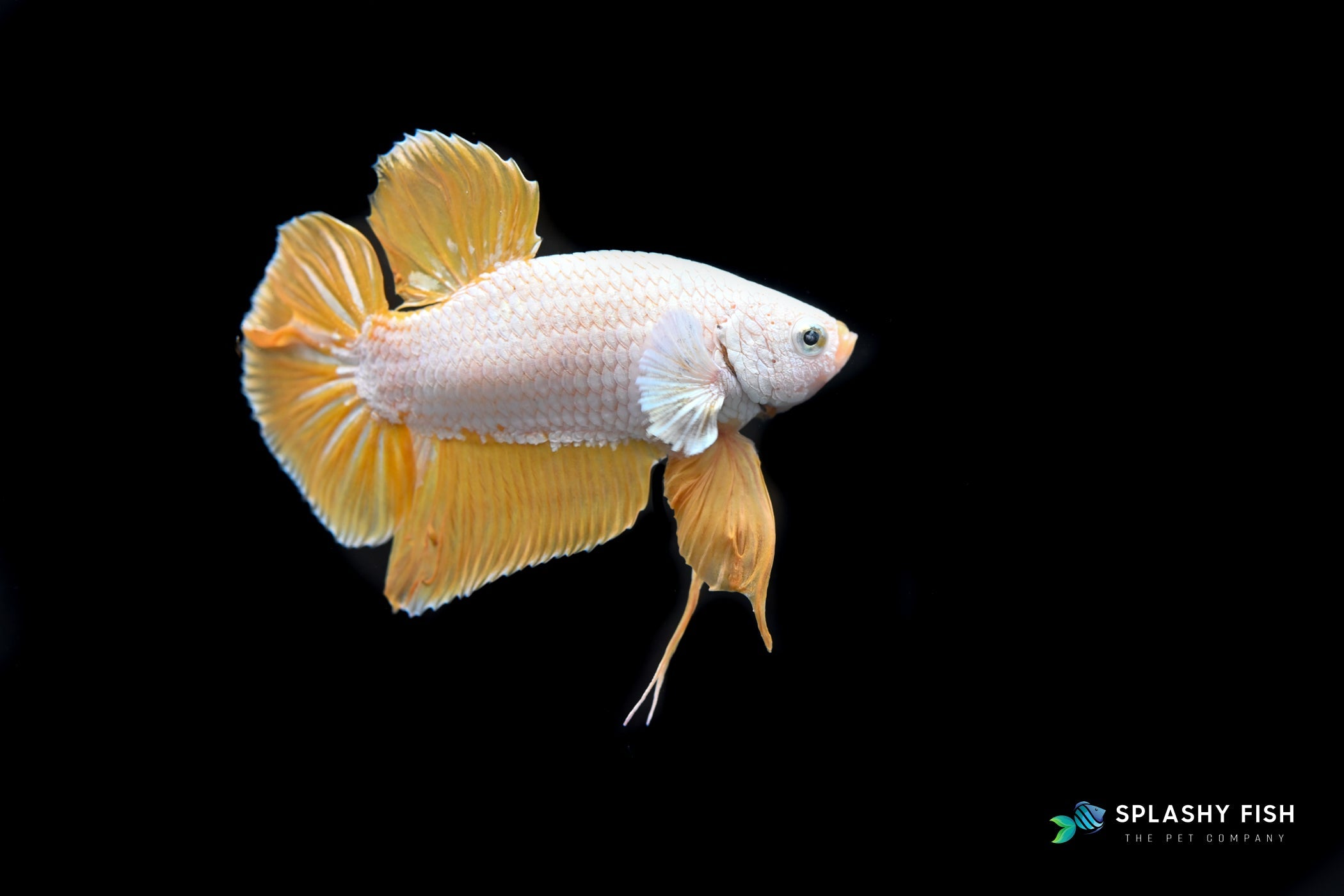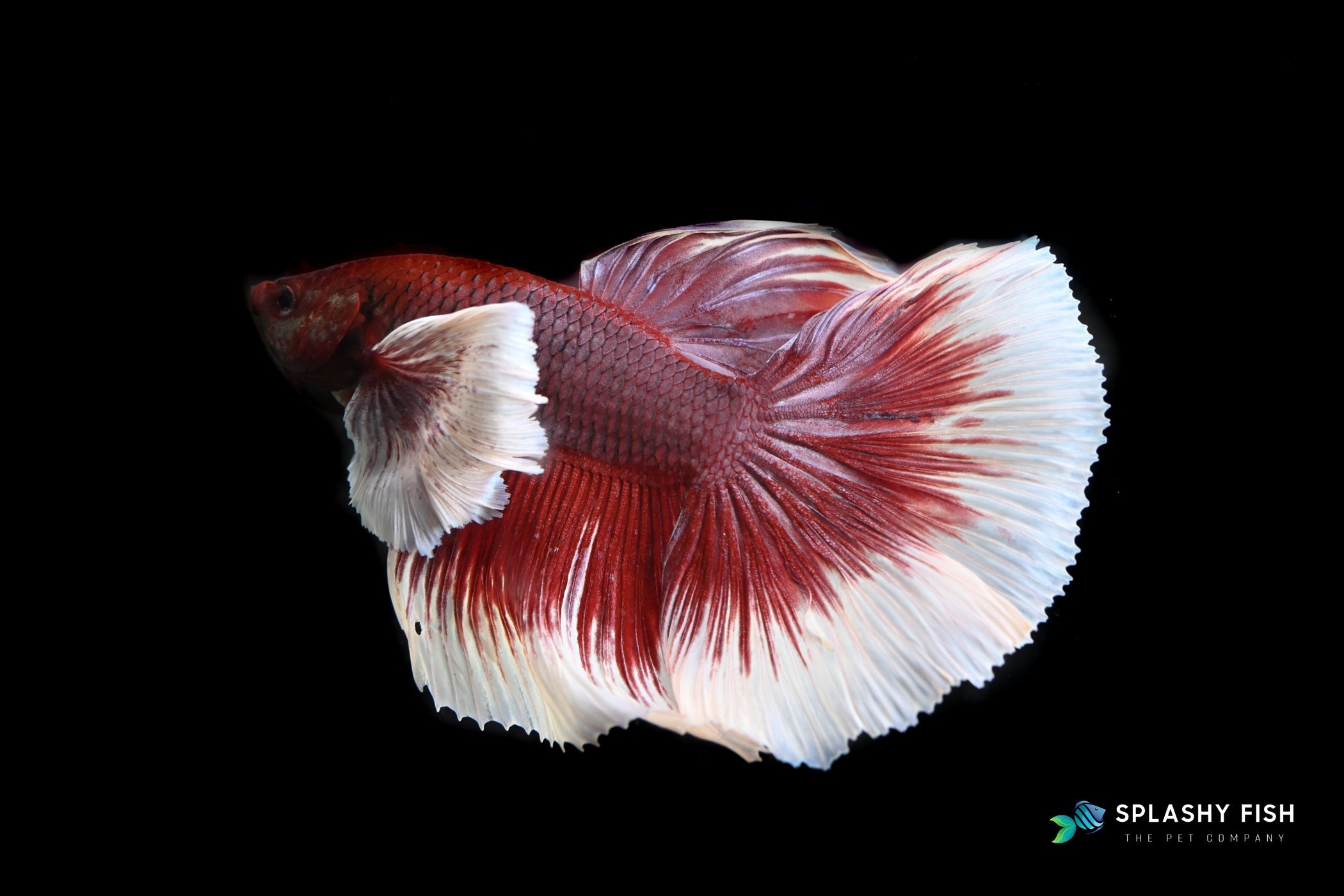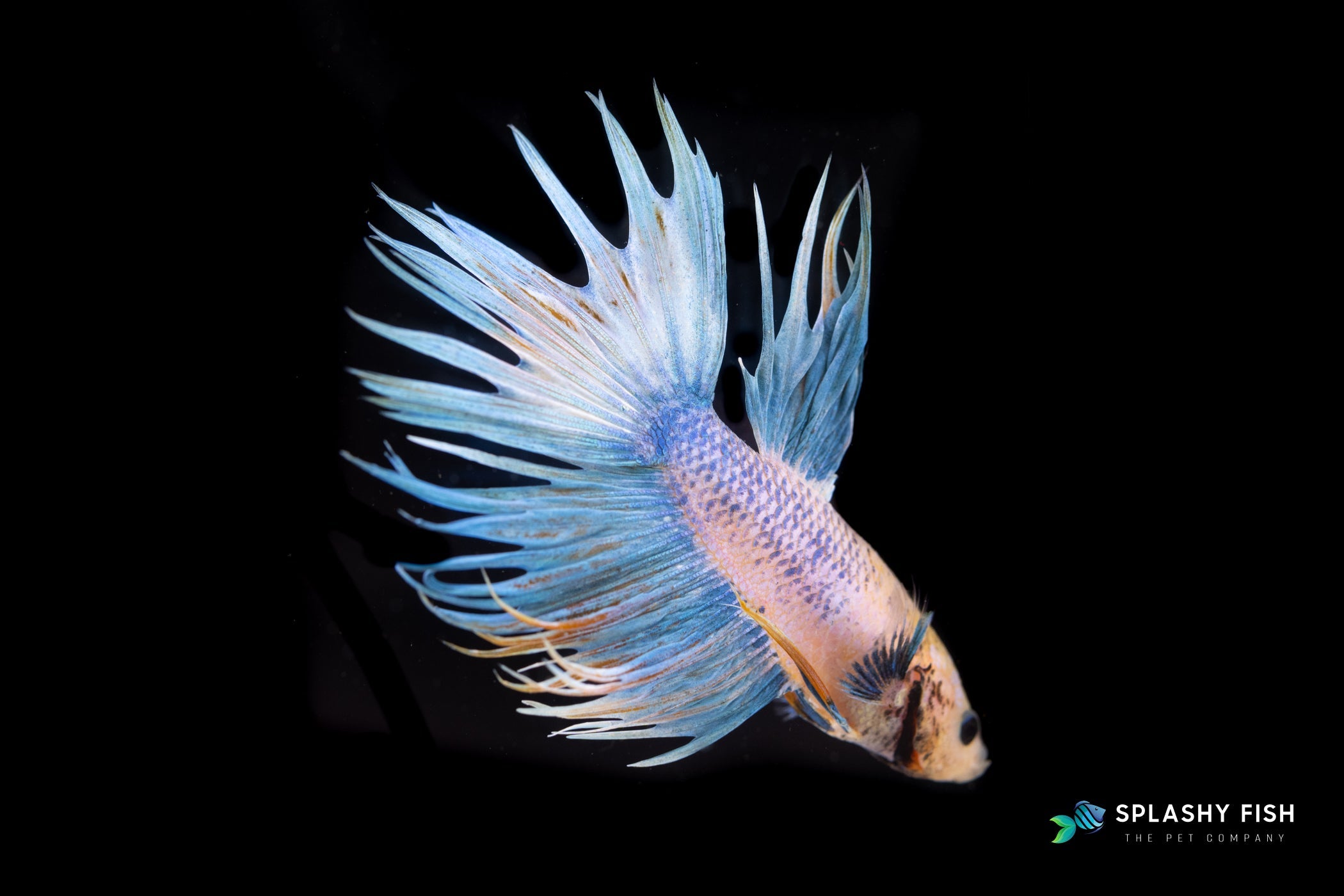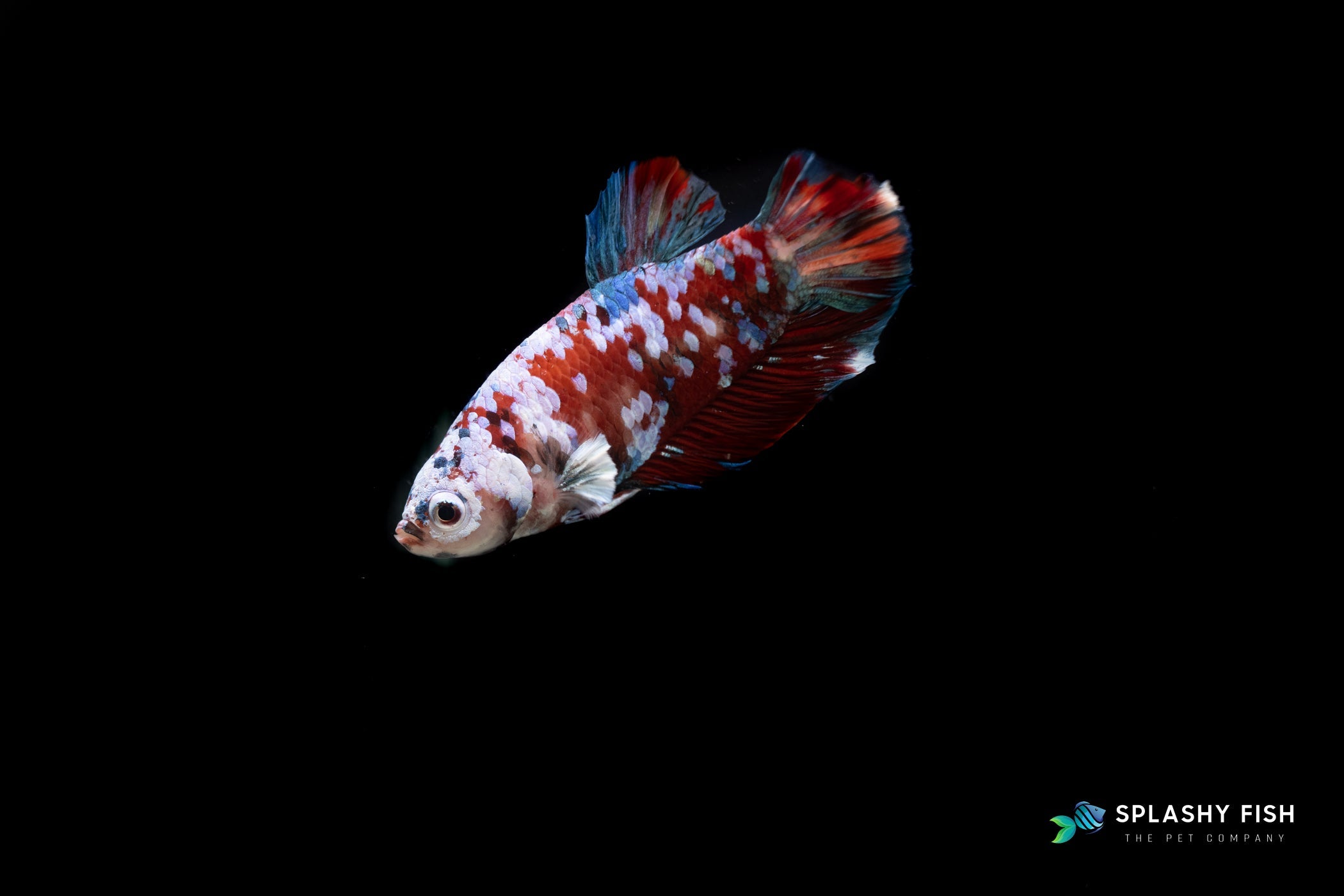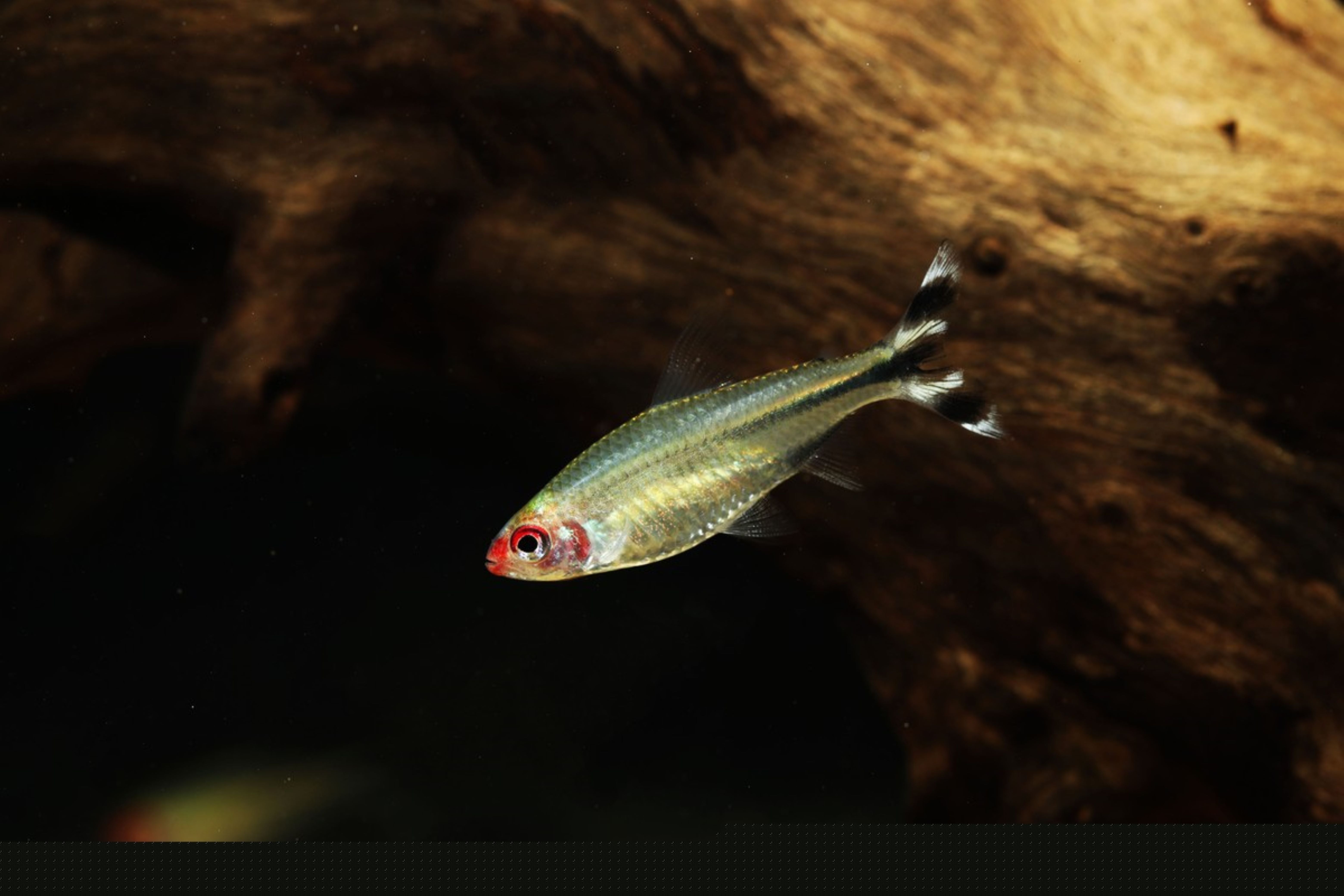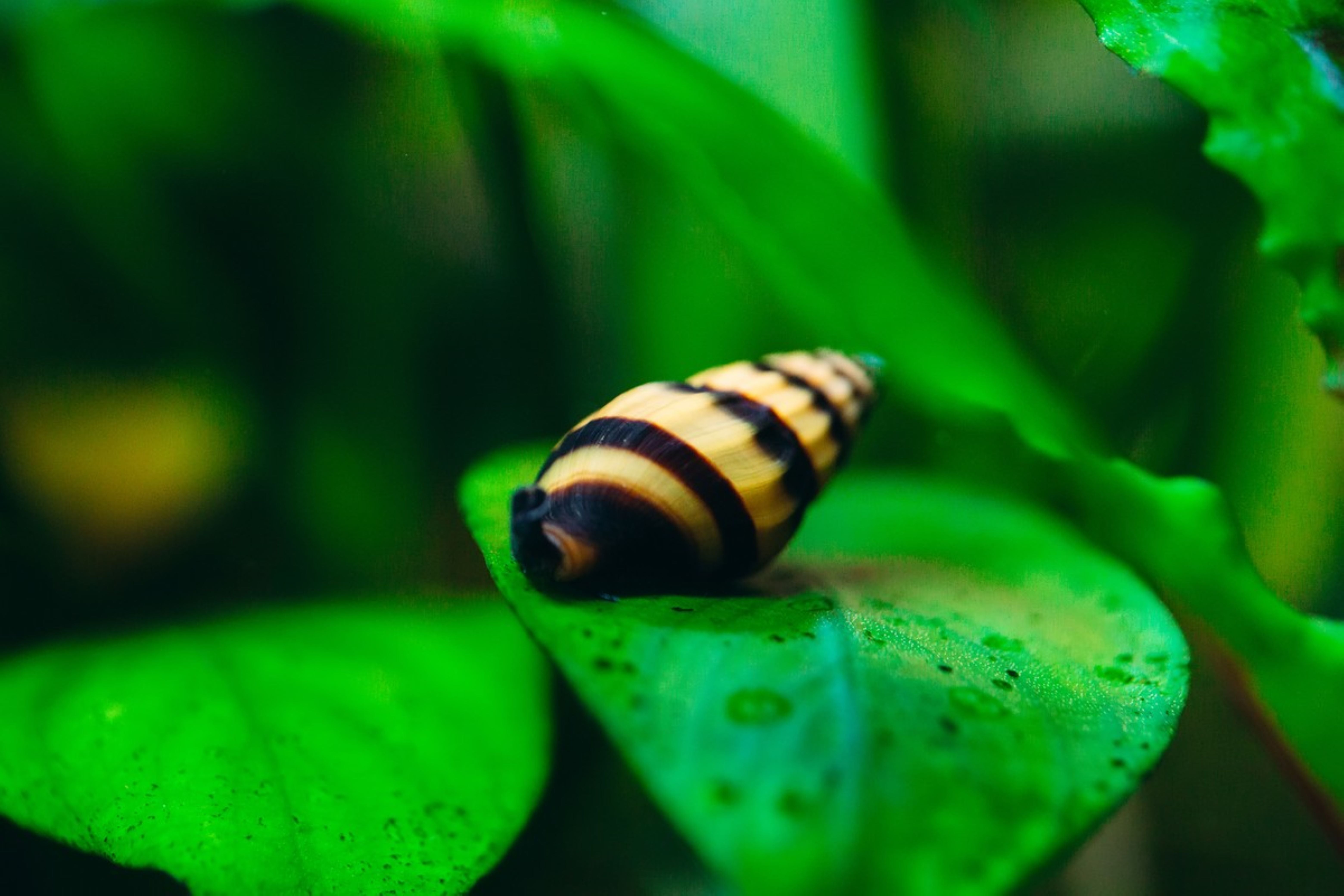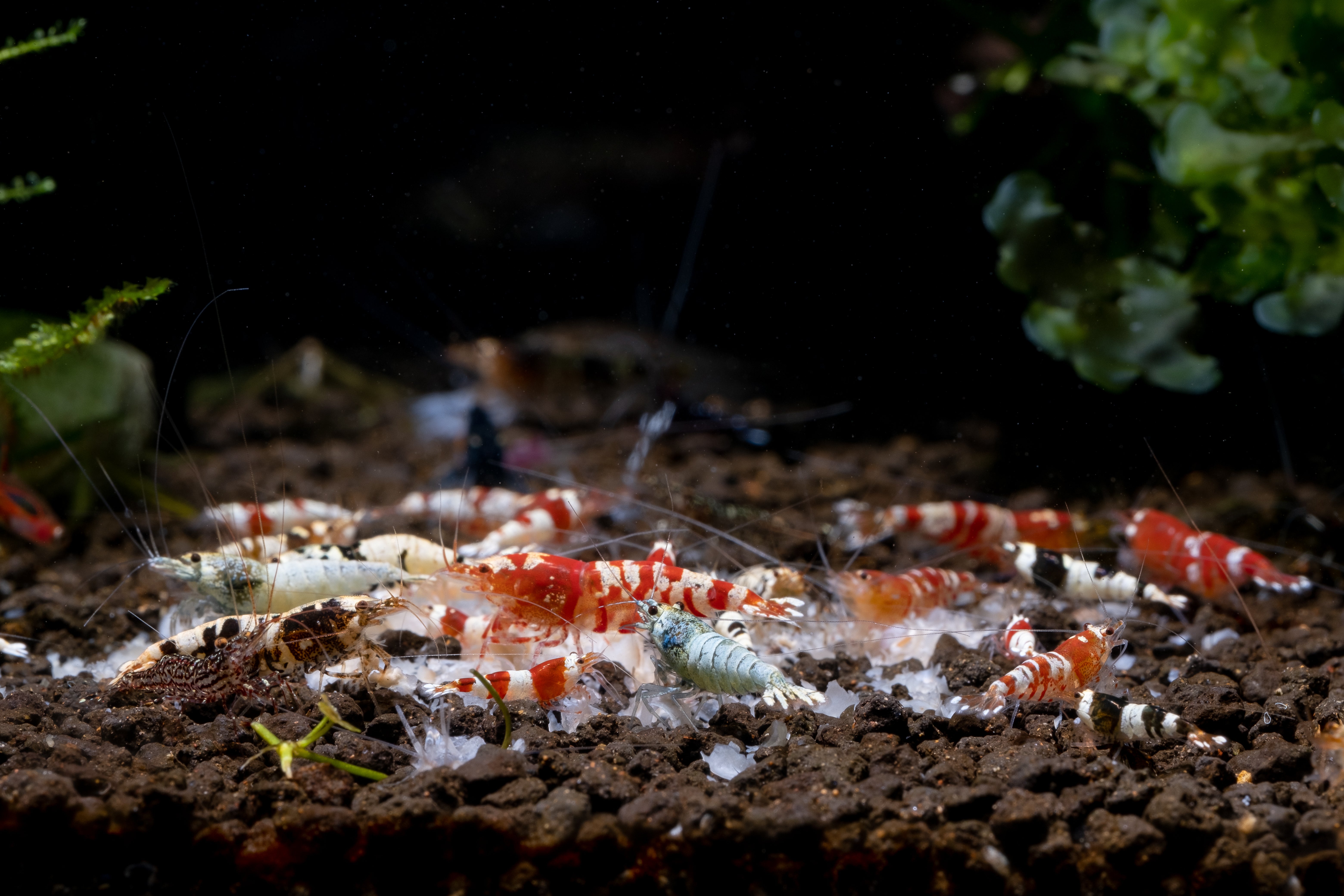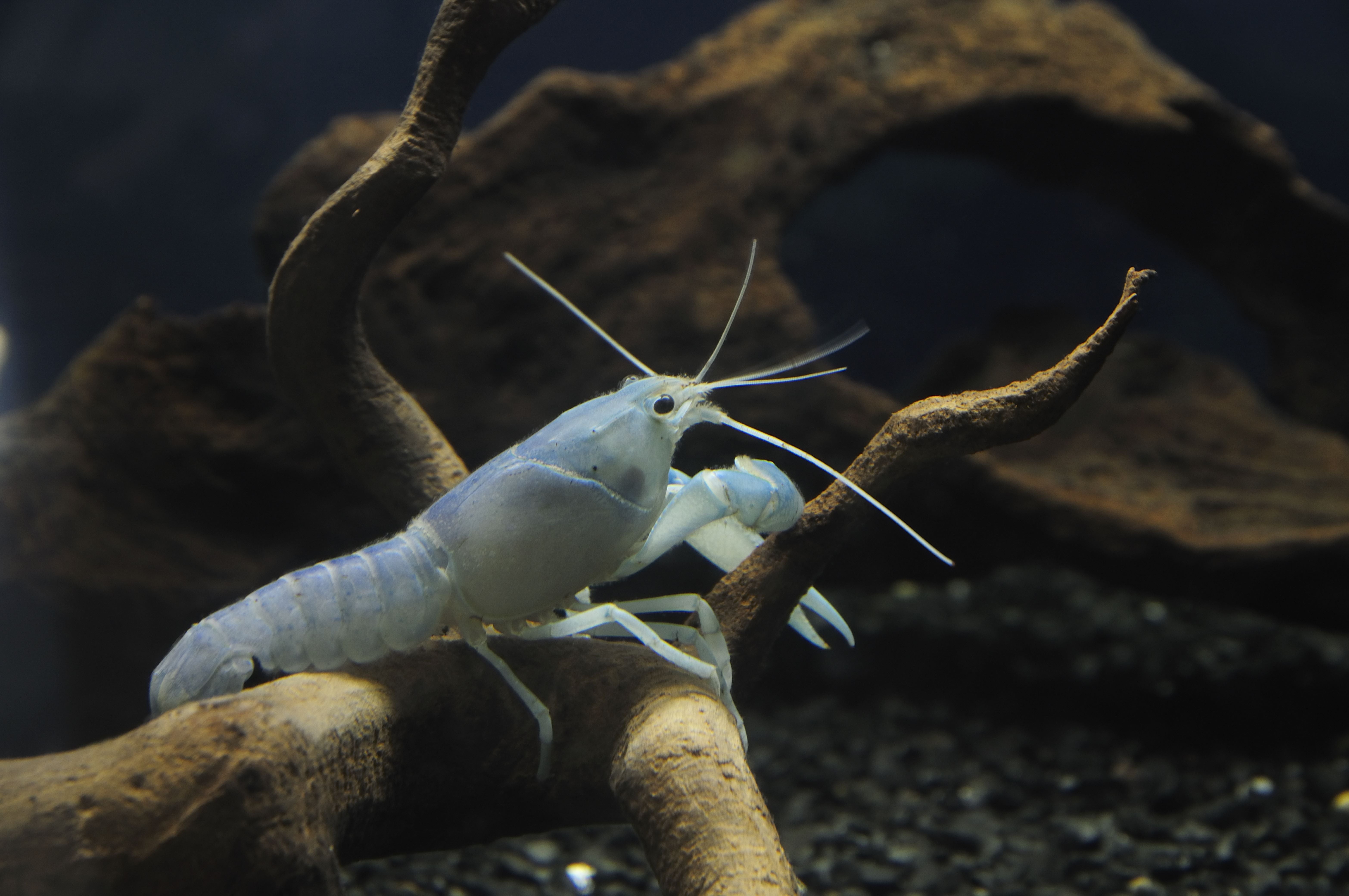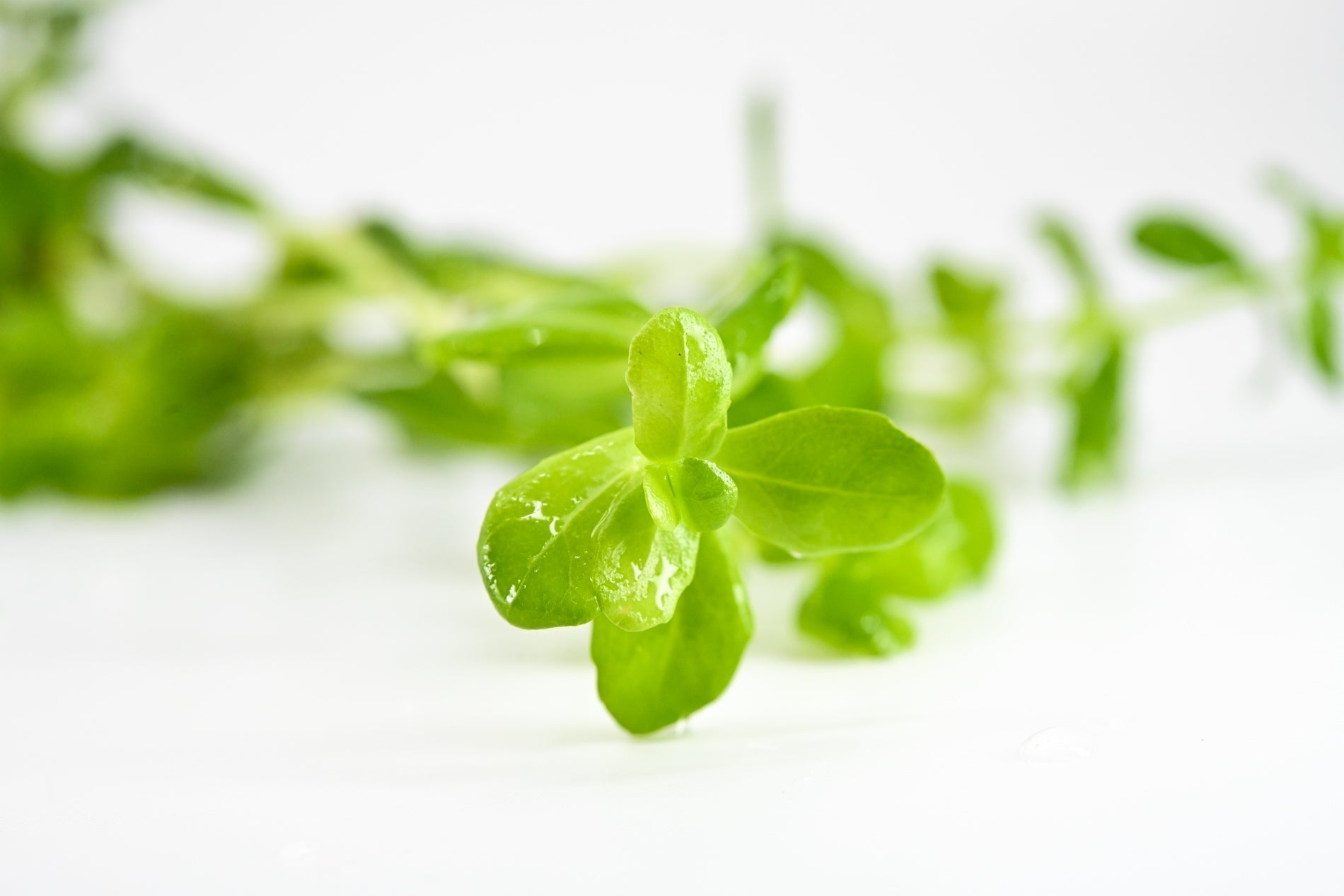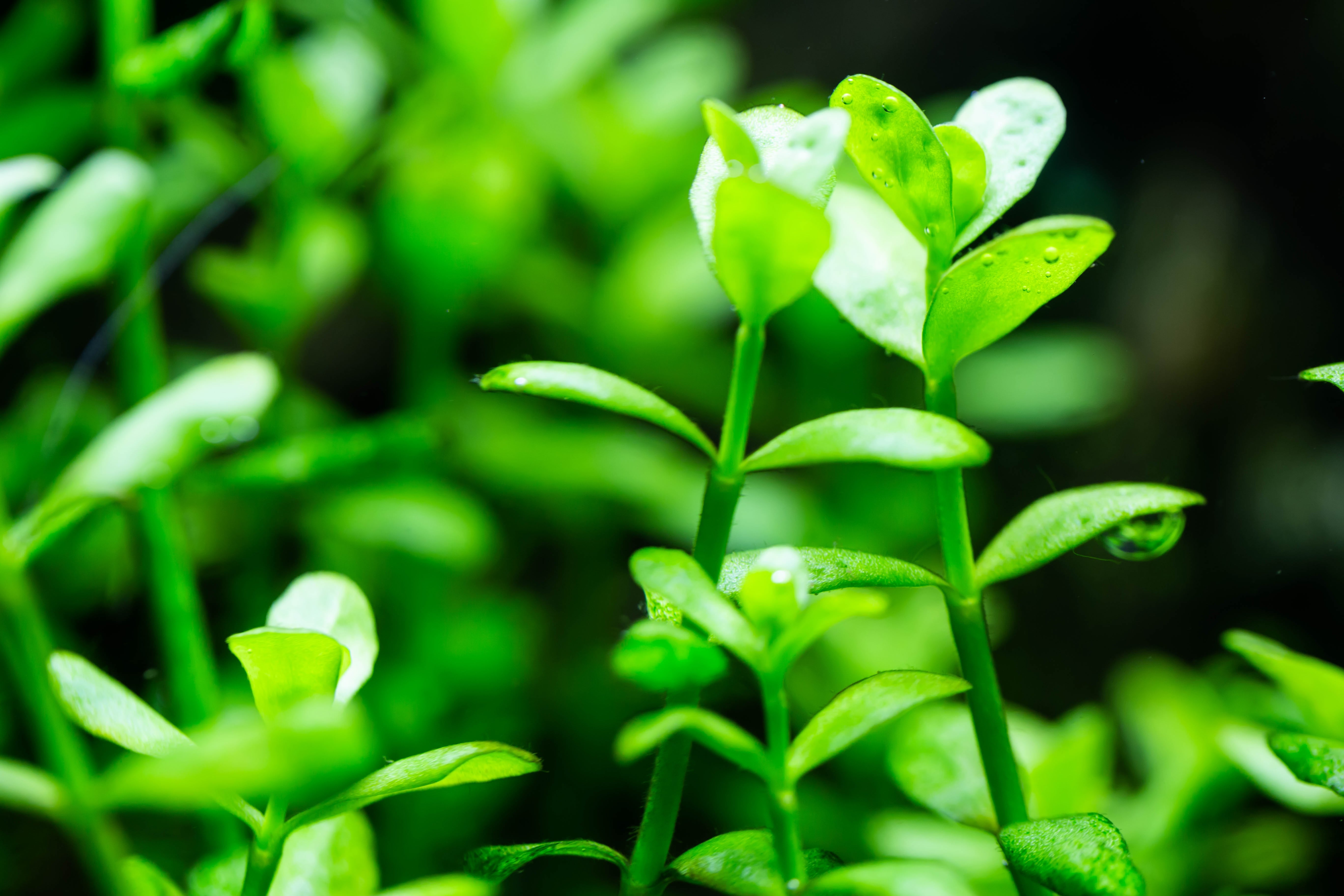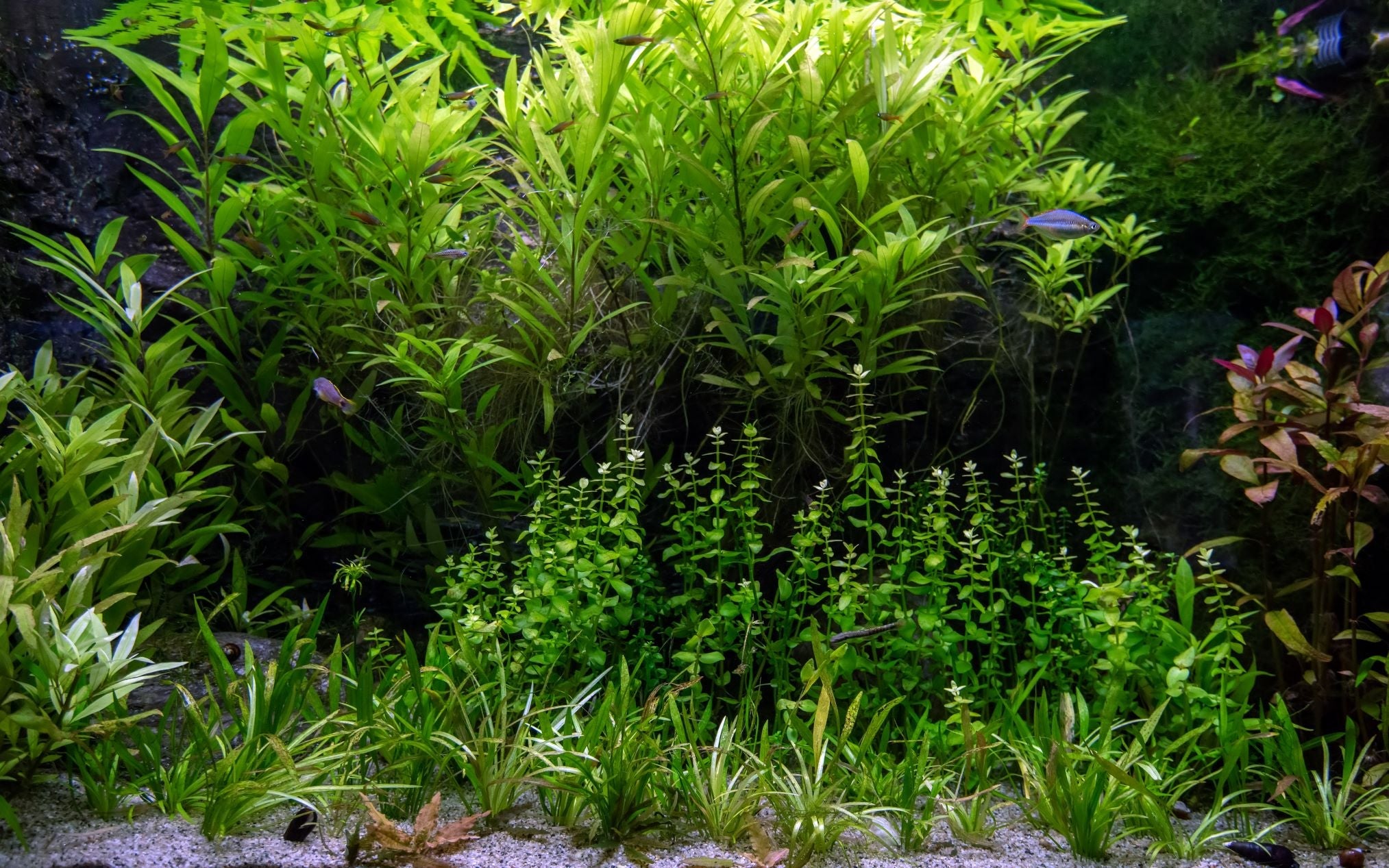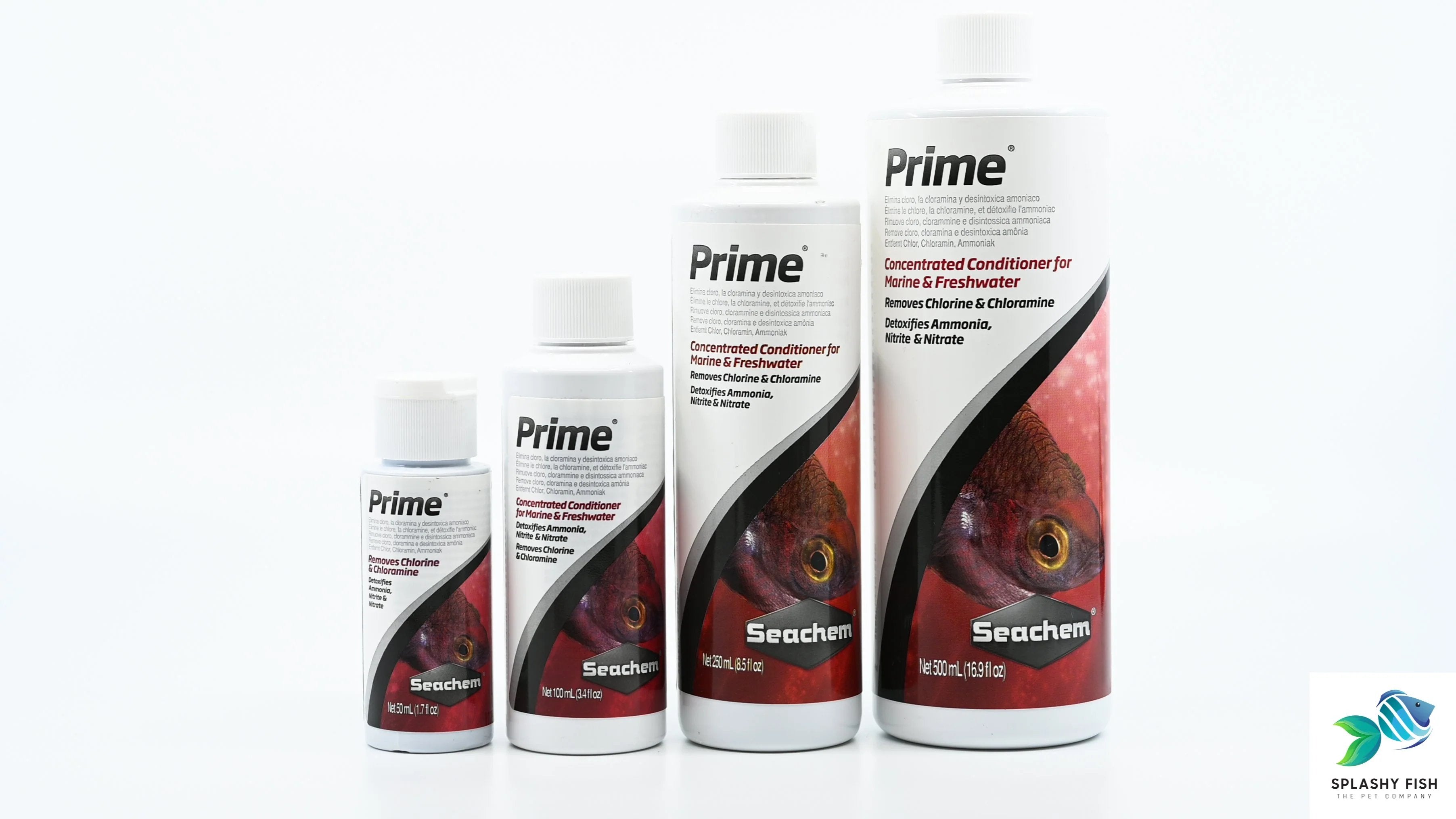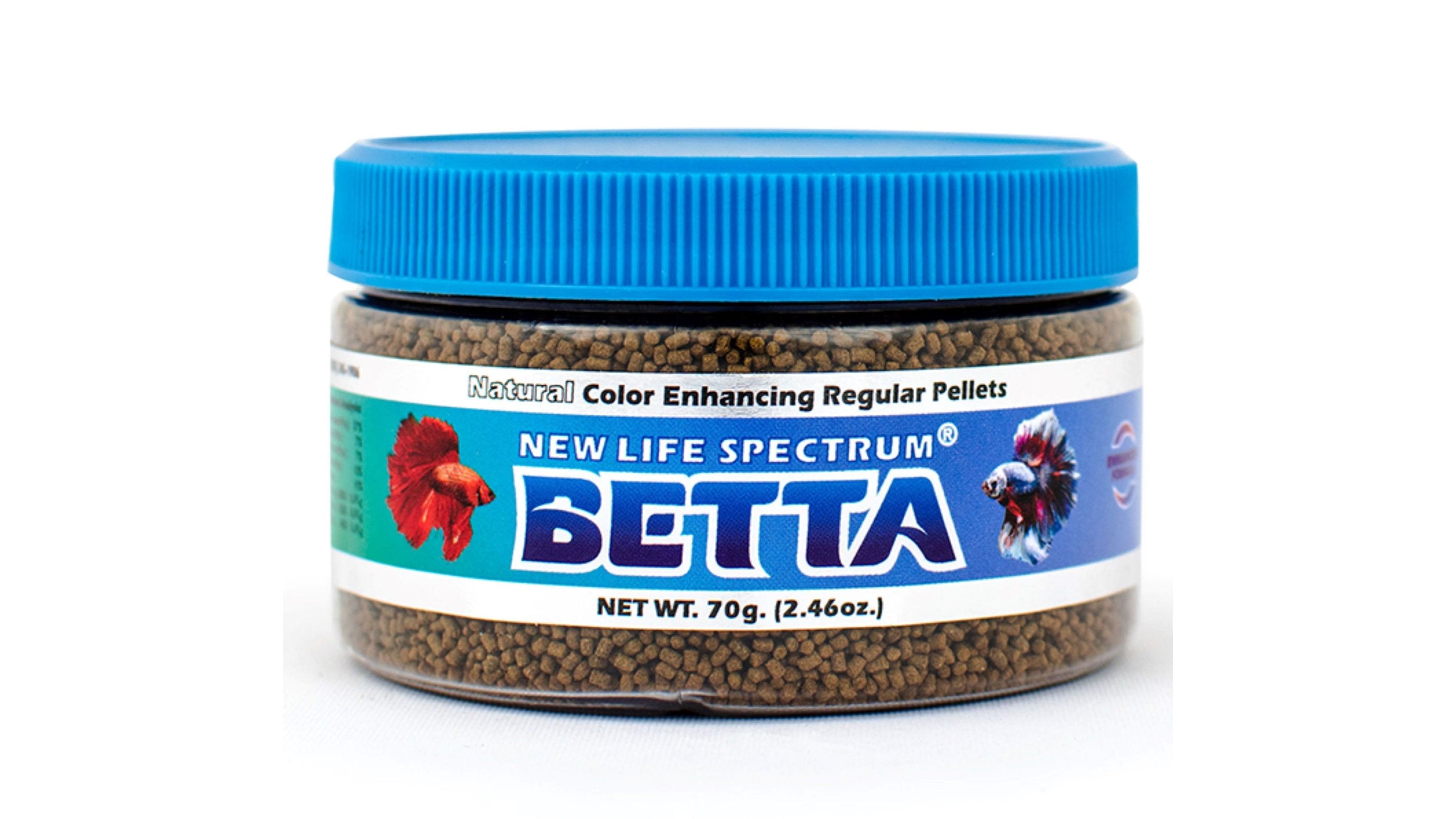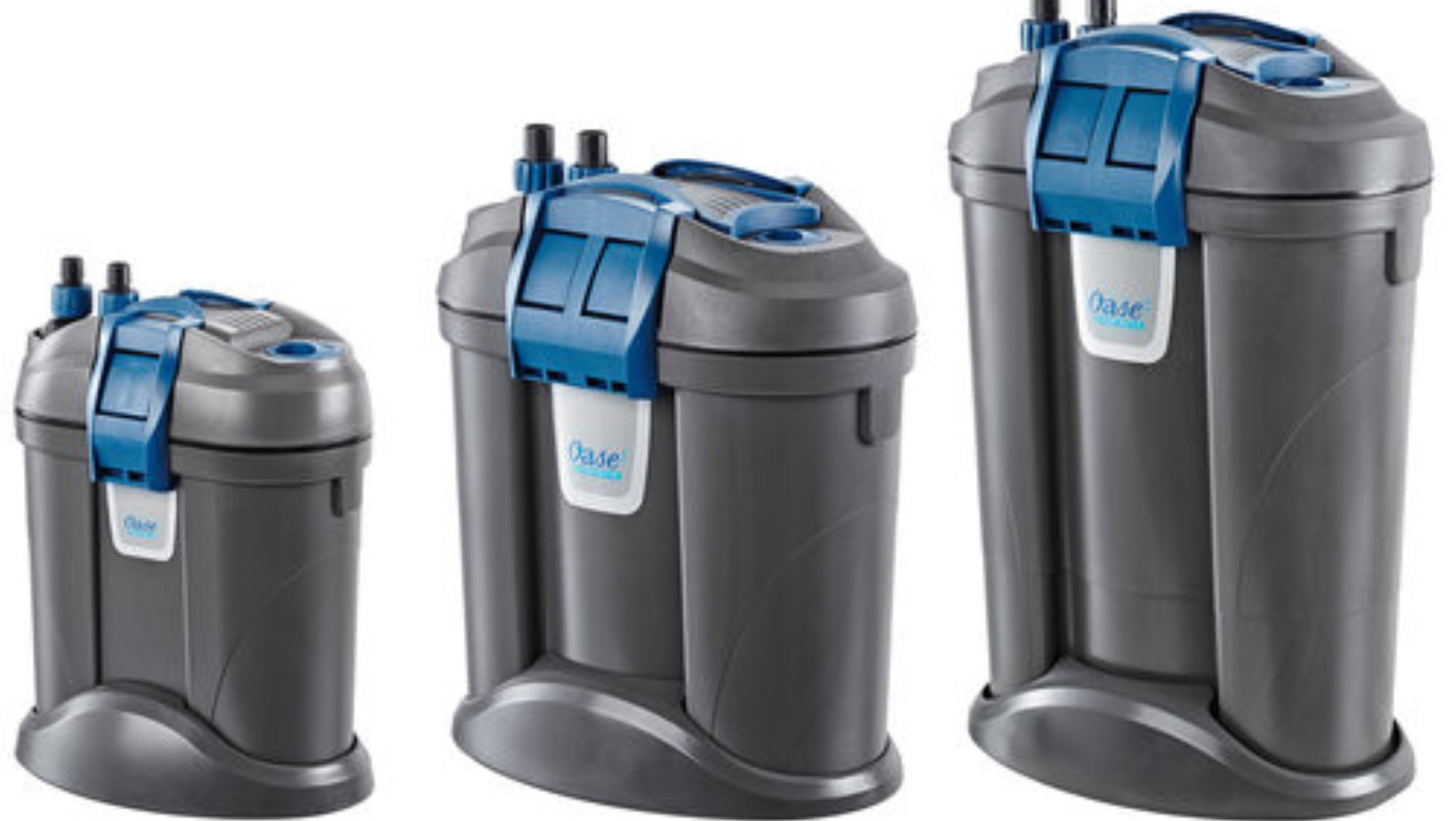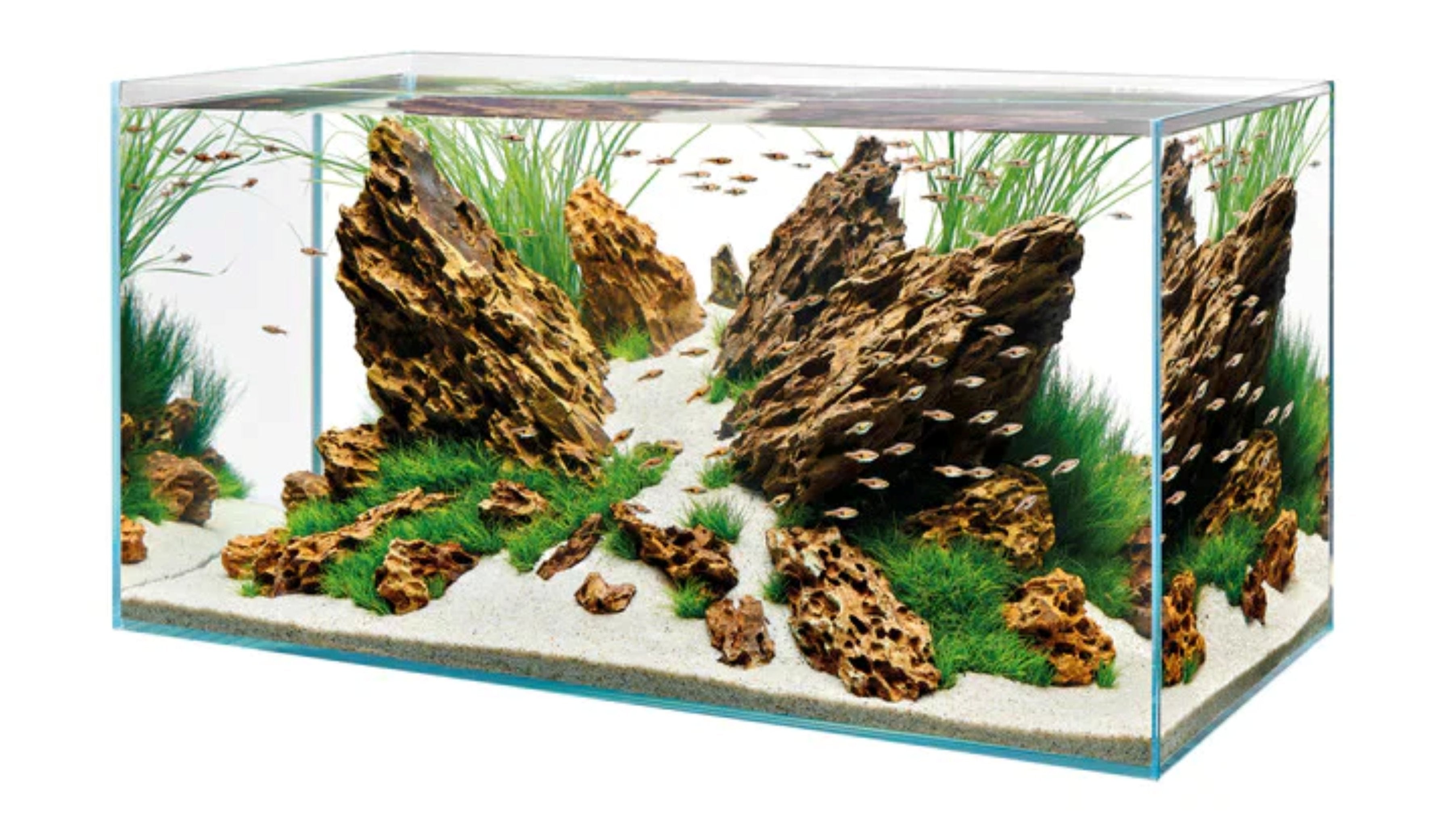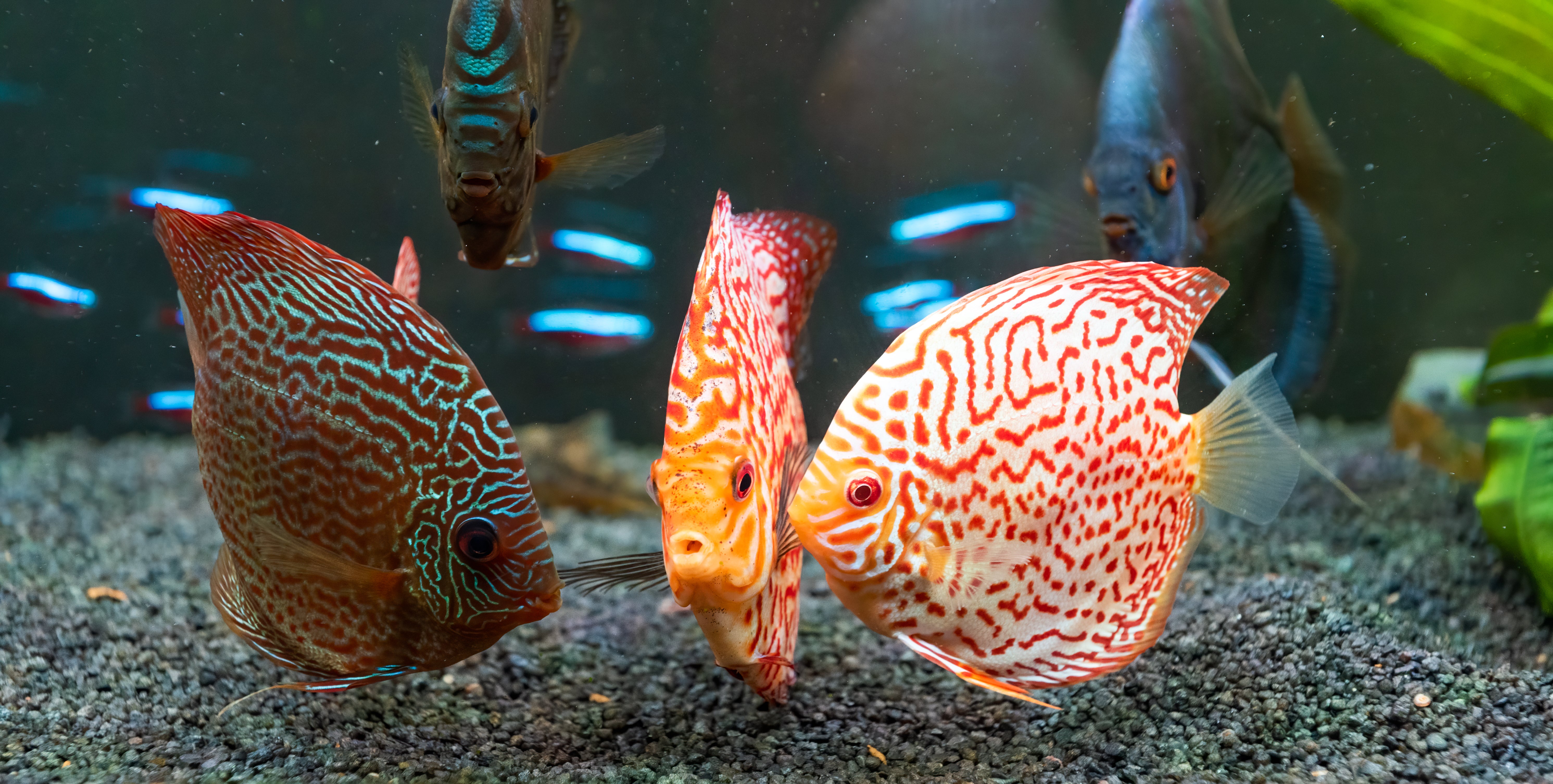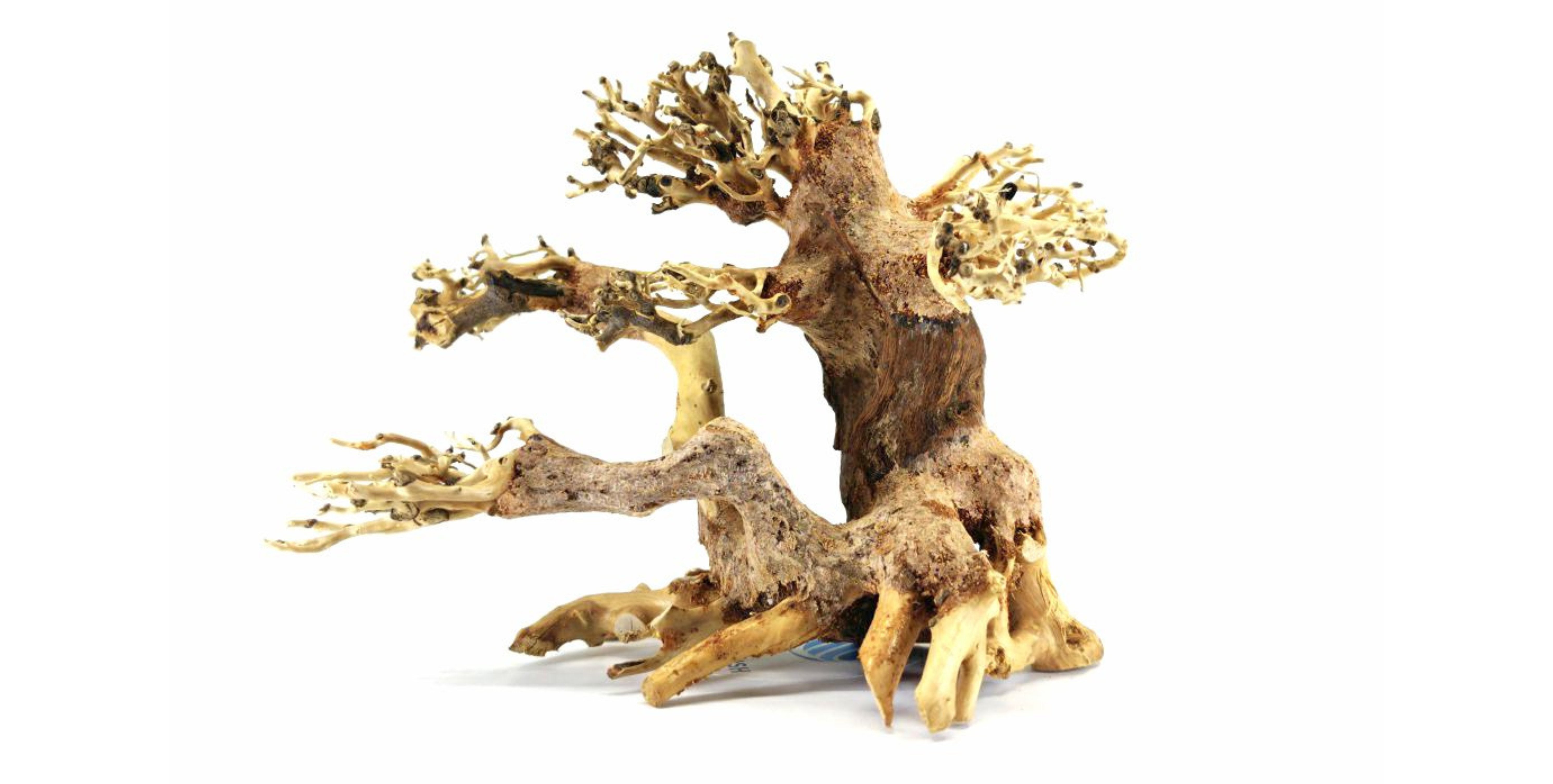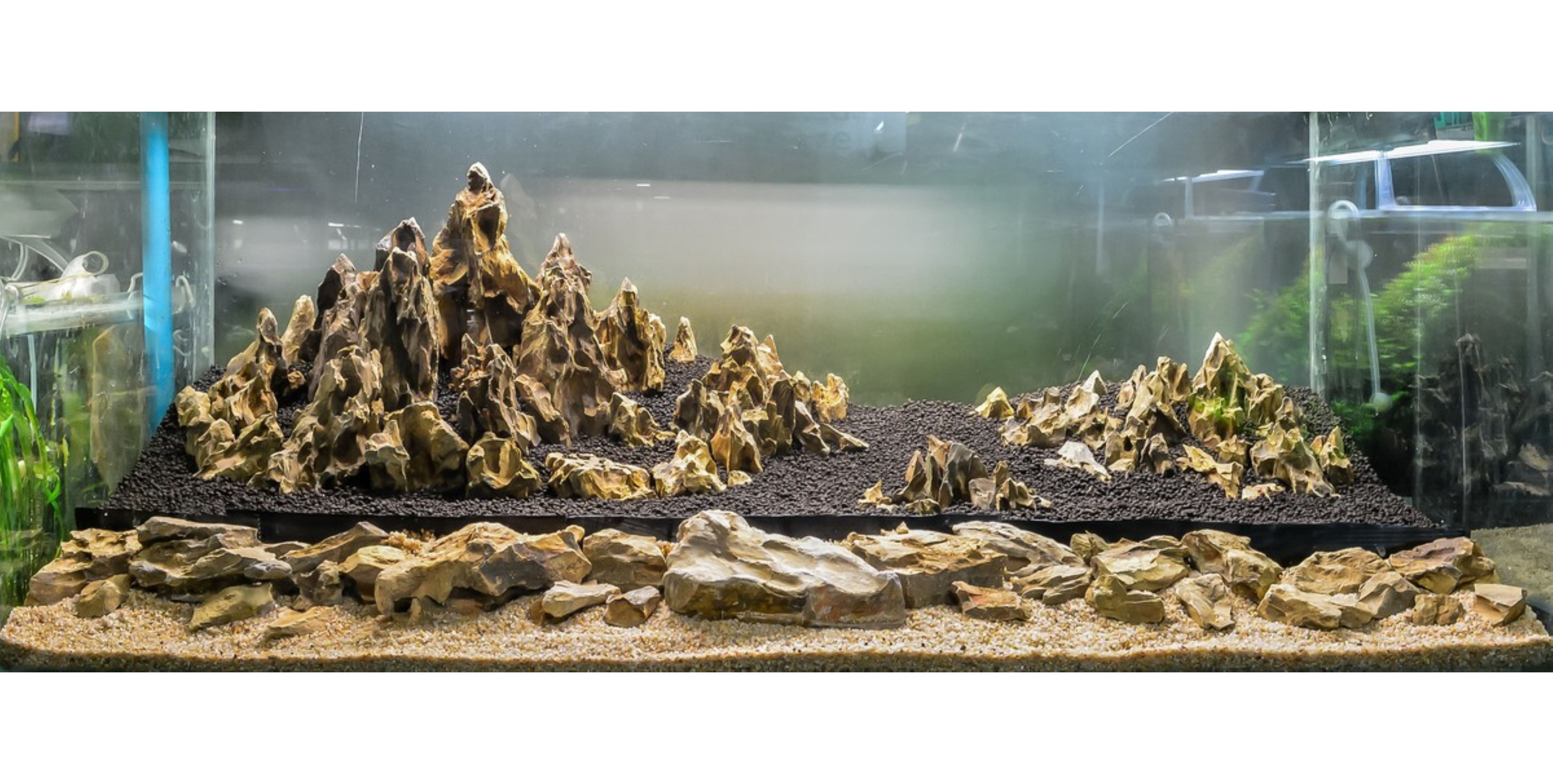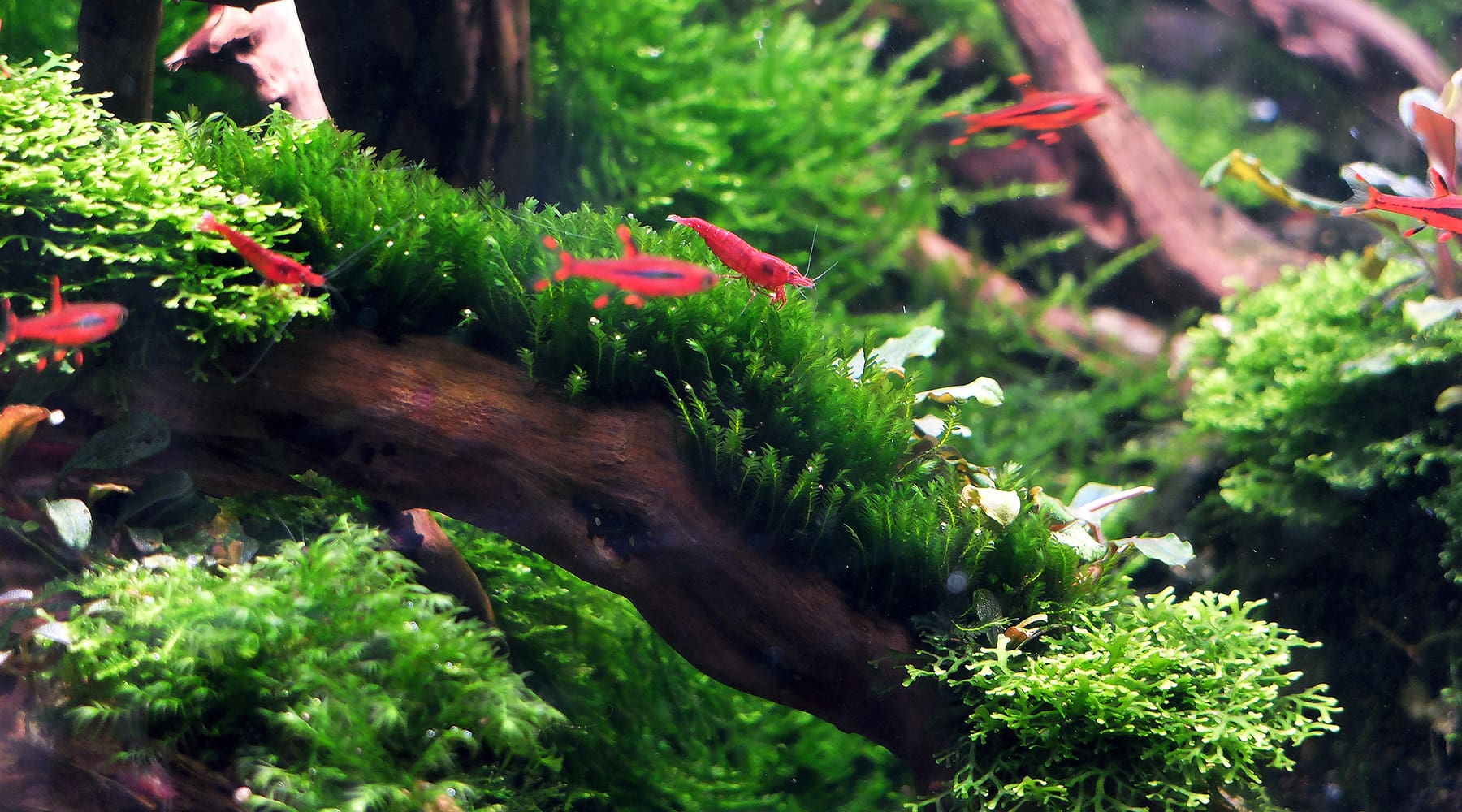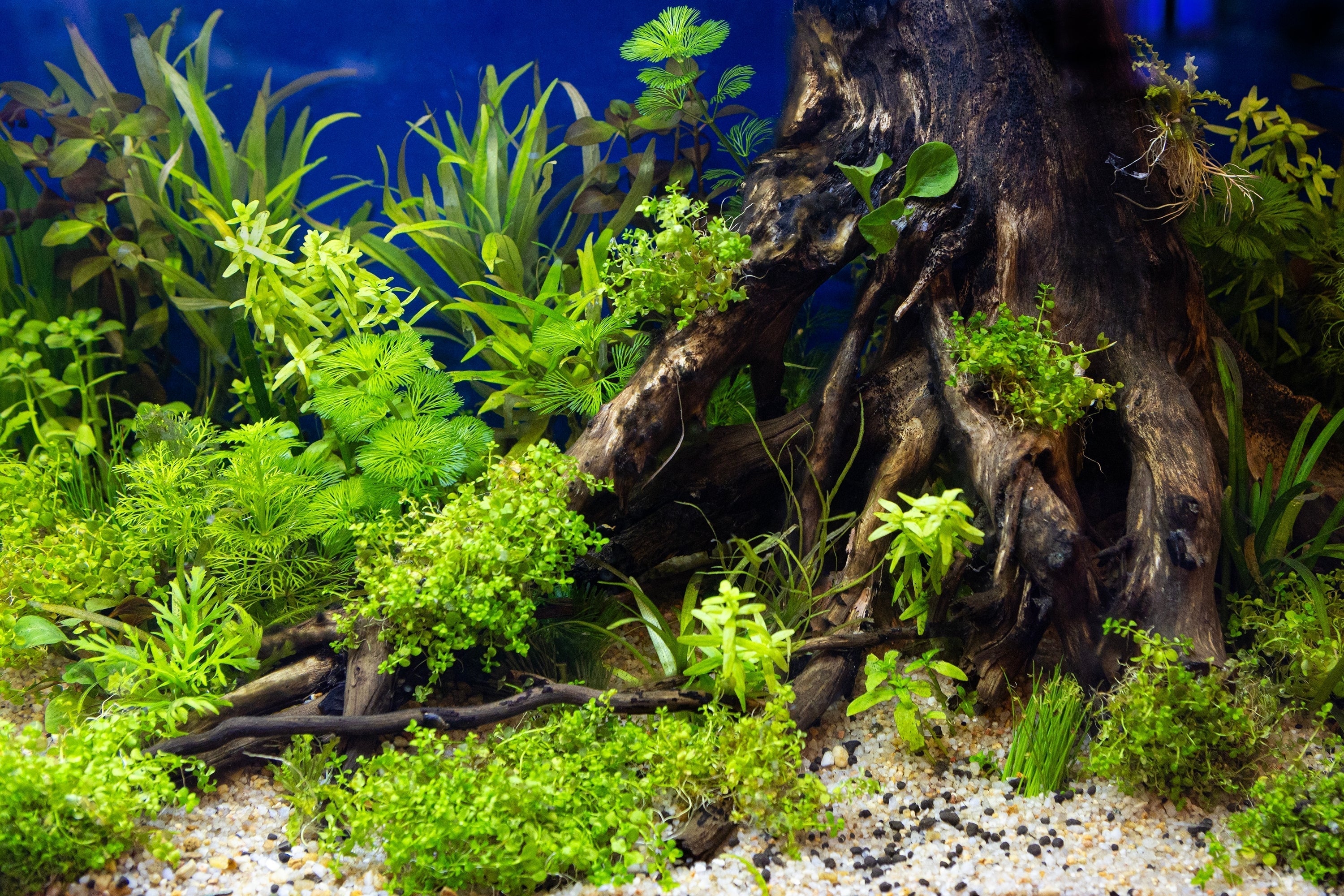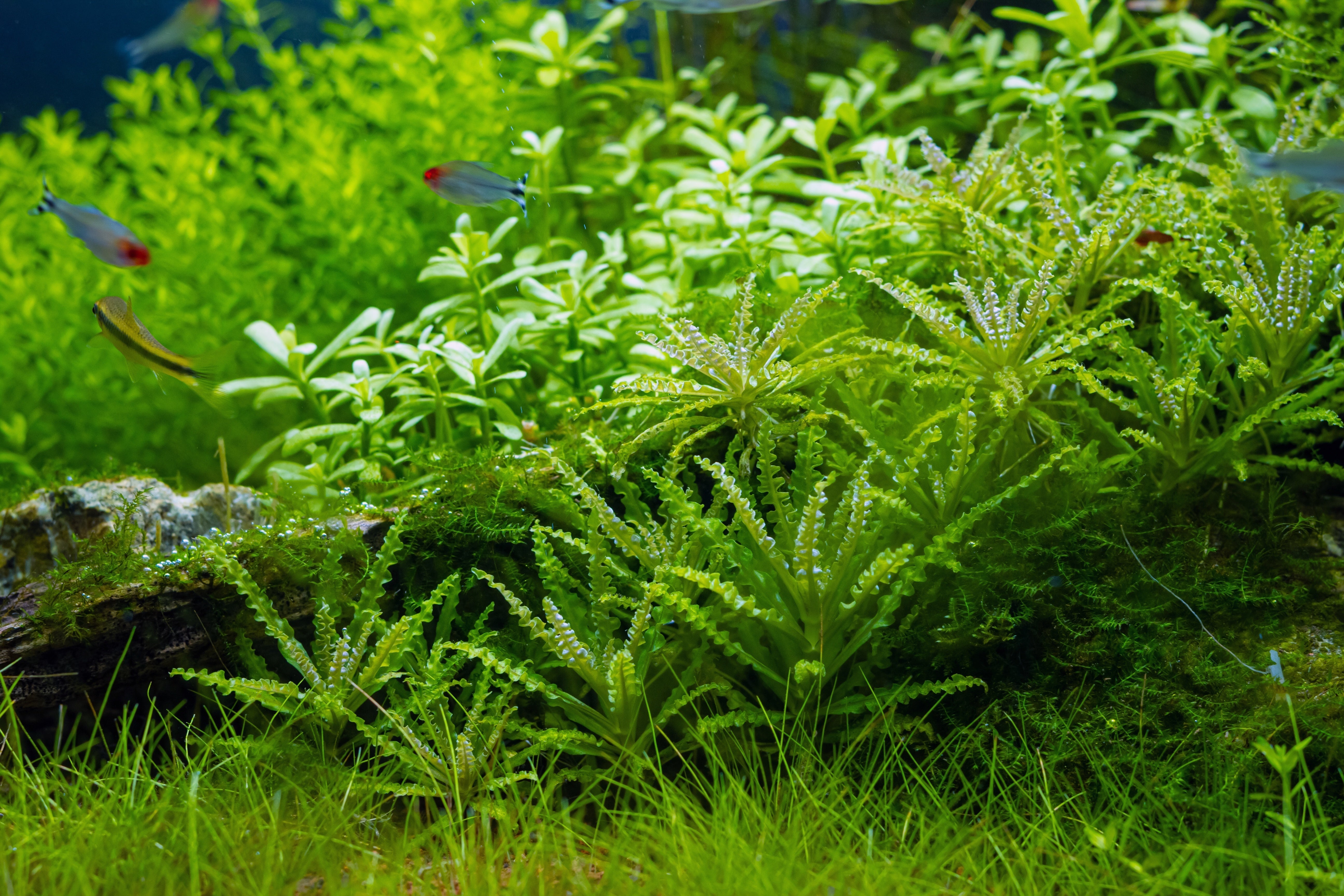Table of Contents
With their vibrant colors, delicate structures, and effortless beauty, Moss plants have the power to transform any aquarium into a breathtaking underwater paradise. In this article, we will introduce you to 10 spectacular Moss plants that are sure to dazzle and impress. From the lush and vibrant Java Moss to the intricate and graceful Christmas Moss, each plant on this list offers a unique and captivating addition to your aquarium. Not only do these Mosses enhance the visual appeal of your tank, but they also provide a host of benefits for your aquatic inhabitants. From providing shelter and hiding spots to promoting healthy oxygen levels in the water, these types of Moss plants have it all. Whether you’re a beginner or a seasoned aquarium enthusiast, this article will guide you through the top moss plants available, their care requirements, and how to best showcase their beauty in your aquarium. Get ready to create a stunning and captivating underwater landscape with these 10 spectacular moss plants.
Benefits of Moss Plants in Aquariums
Moss plants are more than just decorative elements; they offer numerous benefits that enhance the overall health and functionality of your aquarium. Here are some of the key advantages of incorporating Moss plant into your tank setup:
Natural Filtration
Moss aquarium plants absorb excess nutrients like nitrates and phosphates, which can accumulate in the water and harm fish and other aquatic life. By acting as natural filters, they help maintain optimal water quality and reduce the frequency of water changes.
Shelter and Breeding Grounds
Moss plants provide excellent hiding spots for small freshwater fish, fry, and freshwater shrimp. Their dense growth creates a safe haven where aquatic creatures can seek refuge from predators or rest without disturbance. Additionally, moss is a preferred substrate for many fish species during breeding, as it protects eggs and provides a nurturing environment for young fry.
Oxygenation and Algae Control
Through photosynthesis, Mosses plant releases oxygen into the water, which benefits all aquarium inhabitants. Healthy oxygen levels also inhibit algae growth by reducing the nutrients available for algae to thrive. These freshwater plants contribute to a balanced ecosystem, keeping your tank clean and algae-free.
Visual Appeal and Versatility
Moss plants come in a variety of shapes, textures, and growth patterns, making them perfect for aquascaping. Whether you want to create lush carpets, cascading greenery, or intricate vertical designs, these aquatic plants can adapt to suit your vision. Their vibrant green hues add a natural and tranquil aesthetic to any tank.
Low Maintenance
Most types of Moss plants are hardy and adaptable, requiring minimal care. They thrive in a range of lighting conditions and water parameters, making them ideal for both beginners and experienced aquarists. Their resilience and ease of propagation make them a reliable choice for long-term tank setups.
By incorporating Moss plants into your aquarium, you not only enhance its beauty but also create a healthier and more balanced environment for your aquatic pets.

Marimo Moss Balls
Marimo Moss Balls (Aegagropila linnaei) are not just Moss plants; they are a unique form of algae that grow into velvety, spherical shapes. These Moss balls are low-maintenance and can thrive in a variety of conditions, making them perfect for beginners. They absorb nitrates, improving water quality and providing a safe space for shrimp and live fish to explore.
Key Benefits
-
Improve water quality by absorbing harmful nitrates.
-
Provide natural decorations that are easy to maintain.
-
Offer a fun and interactive element for aquatic pets.
Care Tips
-
Keep them in low to moderate light.
-
Rotate them occasionally to maintain their round shape.
-
Avoid placing Marimo Moss Ball in areas with strong water flow, as it can damage their structure.
Java Moss
Java Moss (Taxiphyllum barbieri) is one of the most popular Moss plant types for aquariums. Its versatility allows it to be attached to aquarium rocks, driftwood, or even left floating. It grows quickly and provides excellent hiding spots for fry and cute shrimp, making it a favorite among aquarists.
Key Benefits
-
Provides shelter and protection for baby fish and shrimp pets.
-
Enhances the natural look of the aquarium tank with its lush growth.
-
Helps maintain water quality by absorbing nutrients.
Care Tips
-
Thrives in low to high lighting.
-
No CO2 supplementation required.
-
Trim regularly to prevent overgrowth.
Ideal Uses
-
Creating carpets or walls in aquascaping.
-
Adding greenery to hardscape elements.
Christmas Moss
With its intricate, branch-like growth resembling a Christmas tree, Christmas Moss (Vesicularia montagnei) adds a festive charm to aquariums. It is ideal for aquascaping, especially when creating lush carpets or attaching to hardscape elements. This Mosses grows more densely compared to others, giving it a rich, textured appearance.
Key Benefits
-
Perfect for creating lush aquascapes.
-
Provides a natural habitat for microfauna.
-
Adds oxygen to the water, promoting a healthy tank environment.
Care Tips
-
Prefers moderate light but can tolerate low-light conditions.
-
Regular trimming helps maintain its shape and prevents it from becoming unruly.
-
Anchor it securely using threads or glue.
Taiwan Moss
Taiwan Moss (Taxiphyllum alternans ‘Taiwan Moss’) offers fine, delicate leaves that create a soft, feathery appearance in aquariums. It grows well in a variety of water conditions and is an excellent choice for aquarists looking to enhance their aquascapes. Its subtle texture complements other plants and hardscape elements beautifully.
Key Benefits
-
Soft, feathery appearance adds a touch of elegance.
-
Ideal for aquascaping beginners and experts alike.
-
Acts as a natural filter by trapping debris.
Care Tips
-
Medium light is ideal for optimal growth.
-
Ensure good water circulation for healthy development.
-
Prune frequently to prevent overgrowth.
Flame Moss
Named for its upward-growing, flame-like appearance, Flame Moss (Taxiphyllum sp. ‘Flame’) is a favorite for vertical aquascaping designs. It grows slowly, which makes it easy to maintain over time. This Moss plant adds a unique architectural element to aquariums, making it a standout feature.
Key Benefits
-
Unique flame-like growth pattern.
-
Ideal for vertical or columnar aquascaping.
-
Provides shelter for small aquatic creatures.
Care Tips
-
Moderate lighting enhances its growth pattern.
-
Avoid overcrowding to prevent competition for nutrients.
-
Anchor it securely to vertical surfaces for the best effect.
Weeping Moss
Weeping Moss (Vesicularia ferriei ‘Weeping’) features cascading, drooping fronds that create a dramatic effect in aquariums. Its unique growth pattern makes it perfect for attaching to driftwood or rocks, where it can form lush, weeping curtains of greenery.
Key Benefits
-
Dramatic, cascading growth pattern.
-
Excellent for creating natural-looking aquascapes.
-
Provides shade and shelter for aquatic fish and shrimp.
Care Tips
-
Best grown in low to medium light.
-
Regular pruning prevents overgrowth and maintains its weeping effect.
-
Ensure proper anchoring to prevent it from detaching.
Spiky Moss
Spiky Moss (Taxiphyllum sp. ‘Spiky’) lives up to its name with its sharp, angular growth. It is a hardy Moss plant that thrives in a variety of conditions, making it a versatile choice for aquascaping. Its distinct texture adds depth and character to any planted aquarium.
Key Benefits
-
Hardy and adaptable to various water conditions.
-
Unique, angular appearance.
-
Ideal for providing shelter for small aquatic species.
Care Tips
-
Tolerates both low and high light.
-
Trim frequently to maintain its spiky appearance.
-
Use as a focal point in aquascaping designs.
Pellia Moss
Pellia Moss, or Monosolenium tenerum, is technically a liverwort but is often included in lists of Moss plants for aquariums due to its moss-like appearance. Its thick, cushiony growth is excellent for shrimp tanks and adds a naturalistic touch to aquascapes.
Key Benefits
-
Dense, cushiony growth provides excellent hiding spots.
-
Enhances the aesthetic appeal of natural aquascapes.
-
Helps maintain water quality by absorbing excess nutrients.
Care Tips
-
Prefers moderate light but can adapt to low light conditions.
-
Anchor it to rocks or driftwood for the best effect.
-
Avoid overcrowding to ensure healthy growth.
Riccia Moss
Riccia Moss (Riccia fluitans) is a vibrant, floating plant that can also be anchored to surfaces for unique aquascaping designs. Its bright green coloration adds a pop of color to any tank and creates a lively underwater environment.
Key Benefits
-
Versatile as both a floating and anchored plant.
-
Bright green color enhances visual appeal.
-
Ideal for creating carpets or intricate aquascaping patterns.
Care Tips
-
High lighting and CO2 supplementation promote lush growth.
-
Secure it with a mesh for carpeting effects.
-
Trim regularly to prevent it from overshadowing other plants.
Willow Moss
Willow Moss is adaptable and thrives in a wide range of temperatures, making it a great choice for unheated aquariums. Its long, flowing fronds bring a touch of elegance to any planted tank, and its hardy nature makes it suitable for various setups.
Key Benefits
-
Thrives in a variety of temperatures.
-
Long, flowing fronds create a graceful appearance.
-
Suitable for both beginners and experienced aquarists.
Care Tips
-
Grows well in low to medium light.
-
Regular maintenance prevents it from overshadowing other plants.
-
Ideal for creating natural, flowing aquascapes.
Conclusion
Adding Moss plants to your aquarium is one of the easiest ways to enhance its beauty while benefiting your aquatic life. From the versatile Java Moss For Sale to the elegant Willow Moss, each of these Moss plants offers unique features to elevate your aquascaping game. Whether you're looking for low-maintenance options or statement pieces, there's a moss plant to suit every need. Take the time to choose the right Moss plants for your aquarium, and enjoy the visual and functional benefits they bring to your underwater world. All of these mentioned plants are available in our Splashy Fish tropical fish store. We offer high quality Moss plants for sale and other live aquatic plants for sale at affordable prices. Visit us to buy them online or at our aquarium store in Virginia for more freshwater fish for sale, freshwater shrimp for sale, and aquarium supply.
Types of Moss Plants Frequently Asked Questions
What are the easiest moss plants to care for?
Java Moss and Marimo Moss Balls are among the easiest Moss plants to care for. Java Moss is highly adaptable and thrives in a wide range of lighting and water conditions, making it an excellent choice for beginners. Marimo Moss Balls, on the other hand, require minimal maintenance and can survive in low light without any special fertilizers. Simply rotate them occasionally and keep them clean to prevent algae buildup. These Moss plants are resilient, forgiving, and perfect for aquarists of all skill levels.
Are moss plants suitable for beginner aquarists?
Absolutely! Moss plants are one of the most beginner-friendly options for aquascaping. They require minimal care, adapt to a variety of tank conditions, and do not demand high lighting or CO2 supplementation. Options like Marimo Moss Balls and Taiwan Moss are particularly forgiving, making them ideal for beginners. Additionally, Moss plants contribute to tank health by absorbing excess nutrients, improving water quality, and providing shelter for fish and shrimp.
How do I attach moss plants to driftwood or rocks?
Attaching moss plants to driftwood or rocks is a simple process that enhances your aquarium's natural look. You can use fishing line, cotton thread, or aquarium-safe glue to secure the moss to the desired surface. Over time, the moss will anchor itself and grow naturally over the substrate. For best results, choose surfaces with rough textures, as these provide better grip for the moss. Regular trimming will help the moss grow densely and evenly.


